The Independent's journalism is supported by our readers. When you purchase through links on our site, we may earn commission.
Britons' choice of favourite destinations in time show the past is a glamorous country ...
A survey of which era people would most like to visit shows that we like our history fashionable and fun
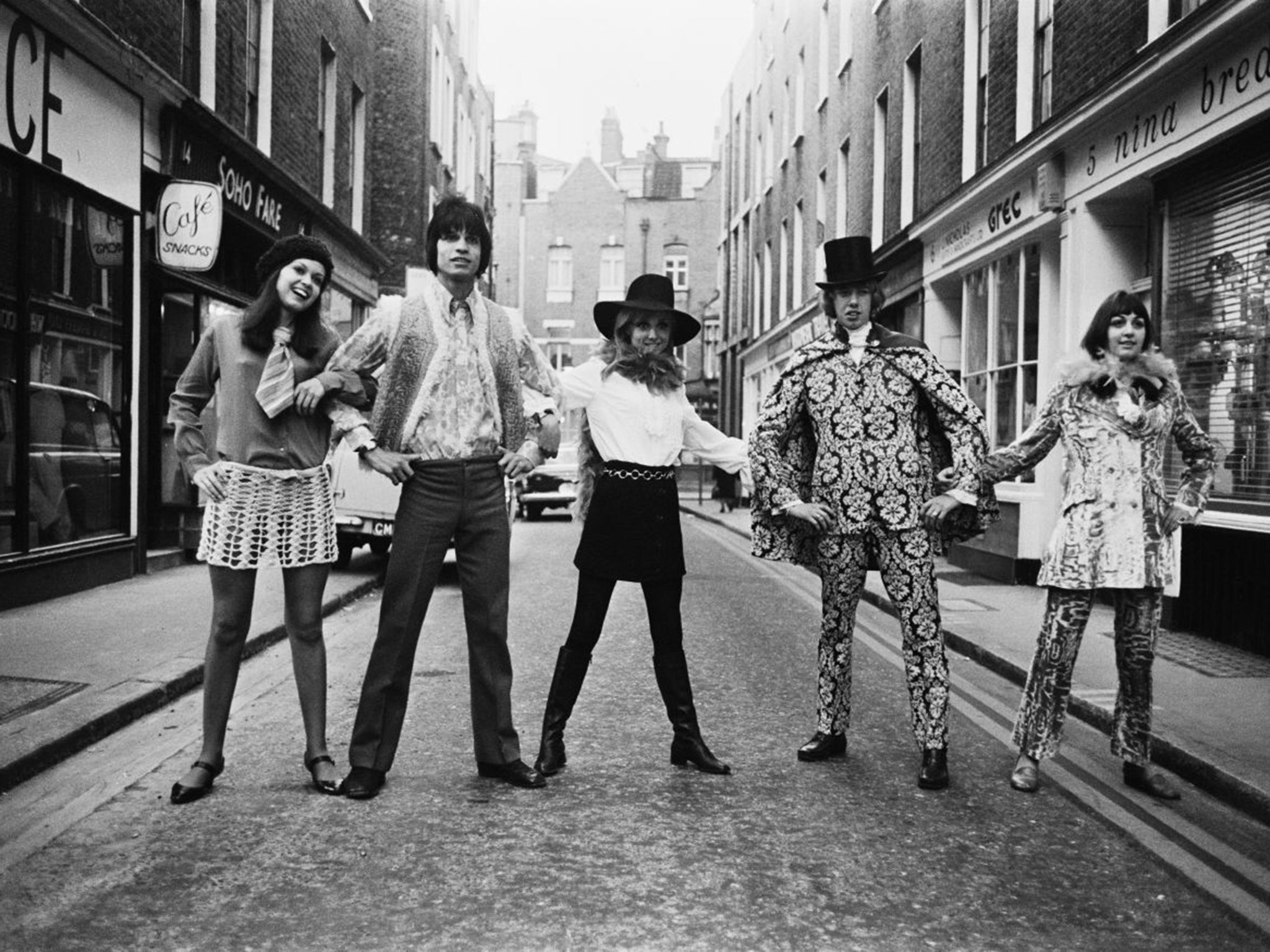
Anyone who believes in the idea of what might be called a national psyche, with identifiable tics and foibles, will have been heartened by last week’s survey into the ideal destinations for time travel. Conducted by the foreign exchange company Travelex, this asked its respondents where they would choose to visit if they had the power to travel to an era of their choice. If the conceptual framing of the various journeys on offer was somewhat loaded – after all, to label the period between 1950 and 1959 “the affluent Fifties” is to file a substantial historical judgement – then the top 10 hot spots that resulted were horribly fascinating.
In first place came the “Swinging Sixties”, closely followed by “Ancient Rome” and the “Roaring Twenties”. The Tudor age was in at four, and there were also strong showings for such amorphous stretches of past time as the “Discovery of America” (five) and the “medieval period” (six) – a chronological spread that most medieval historians would allege to have run for nearly a thousand years. The Fifties, affluent or not, were at eight, one place ahead of the “Disco Seventies”, and trailed by “California Gold Rush” at nine and “the Eighties”, undignified by any prejudicial adjective, at 10. Of historical epochs that have always been thought to capture the public imagination – the English Civil War, say, or the Industrial Revolution – there was, mysteriously, no sign.
Several points ought to be made about this subjunctive travel gazetteer. The first is that quite half the destinations come from the past hundred years. At the least, this suggests a terrific wistfulness among the potential travellers at having narrowly lost out on a time only just vanished beyond their grasp. The second is that, despite the fuss made by the educational system in recent decades about the importance of a realistic approach to the teaching of history, the old “romantic” view of the past is still going strong. Angevin churls may have perished by the thousands in their wattle-and-daub huts, but what the time-traveller invited to take his, or her, pick of this series of heritage sites really fancies is to have fun cruising the King’s Road in the Age of Aquarius or hurtling around inter-war Mayfair with the Bright Young People.
But there is a more important deduction to be found lurking amid the apparent relish of “Ancient Rome” – again, a period encompassing several hundred years – or the California Gold Rush. This is the ordinary person’s readiness to fall for nearly every myth being propagated by popular chroniclers of past time. Take, for example, those “Swinging Sixties”, a decade that most serious scholars now believe to have been anything but. In fact, according to the social historian David Kynaston, the Sixties, as conceived of by modern folk memory, really only took place in a couple of square miles of central London. In the vast majority of the UK, life went on as it had done before.
It is the same with those “roaring Twenties” – a decade that, while accommodating a certain amount of young persons’ excess, also harboured general strikes, destitution and mass unemployment – and the “Disco Seventies”, in which public interest in the soul music imported from Detroit and Philadelphia was countered, if not anaesthetised, by three-day weeks, industrial strife and a widely held belief that the country was becoming ungovernable. The reality of the 1920s, most historians would agree, consisted of a generation of war veterans returning home with the idea that, as a popular song of the day put it, “Après la guerre, there’ll be a good time everywhere …”, only to find jobs and decent housing in short supply. And yet the popular conception, 90 years later, is a compound of speakeasies, cloche hats and short-skirted flappers dancing the Charleston.
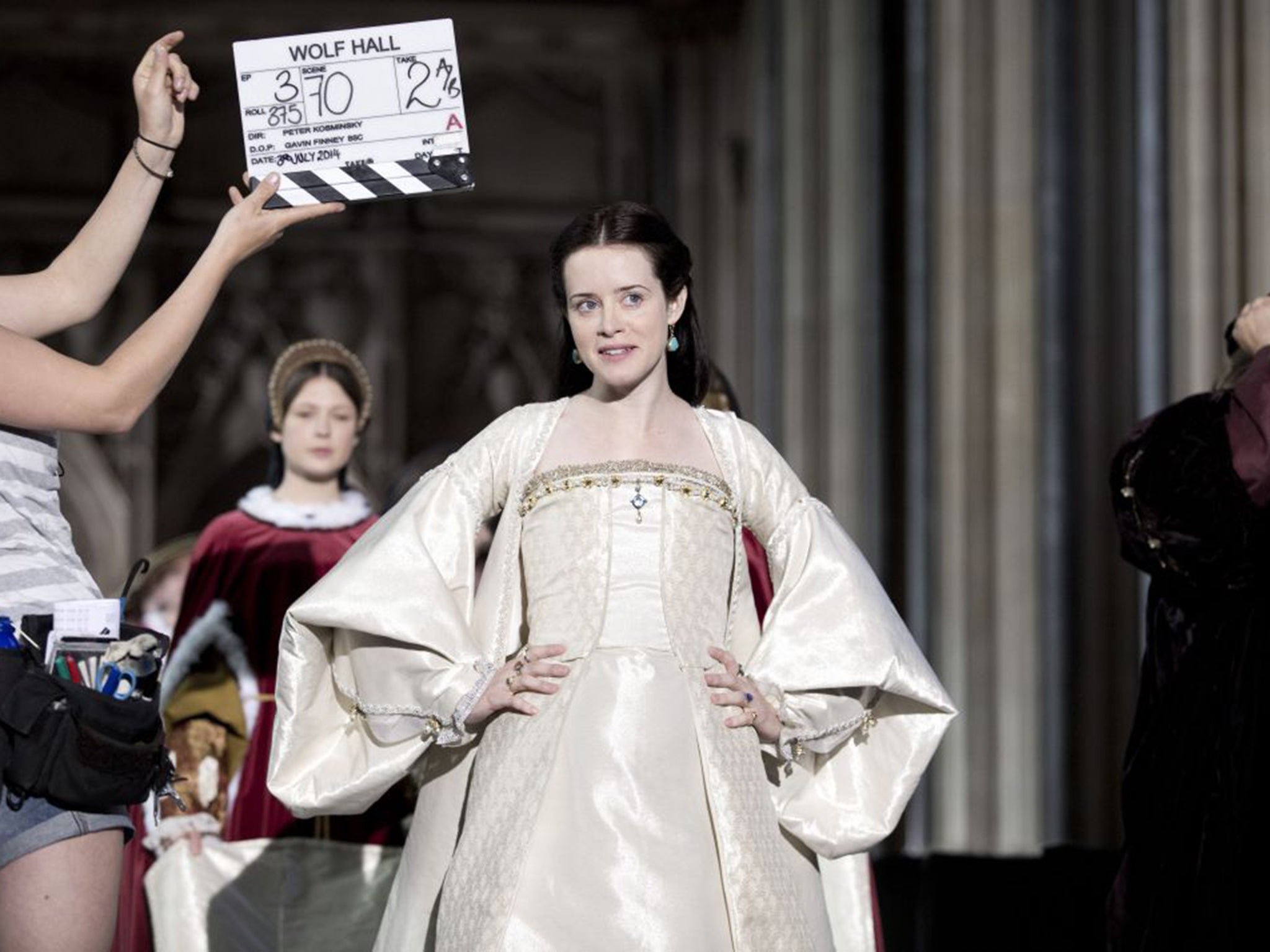
There is, of course, no way of dispelling any of the myths about these key points in our history, for they are as embedded in the national consciousness as the lettering in a stick of rock. Seduced by the legends of King’s Road chic, I can remember, in my early twenties, and with a kind of awe, asking an older friend what it had been like “to live in London in the Sixties”. James, whose young manhood had coincided with the Granny Takes a Trip Boutique and Pink Floyd’s space jams at UFO, regretfully shook his head. “I woke up one morning to discover that it was all over without my having noticed it had happened,” he declared. None of which makes the slightest difference to the impressionable thirtysomething who has watched one of those BBC4 documentaries in which hippy children romp over the greensward as Vashti Bunyan and the Incredible String Band jingle by in their horse-drawn carts.
And here, inevitably, one notes the fatal influence of television and film in helping to solidify these impressions of past time. Again, at least half the destinations on offer in the Travelex survey, from Ancient Rome to the Tudor period and the “Disco Seventies”, are a film-maker’s staple, with the Roaring Twenties not far behind. None of which is to criticise the average film director, who, mindful of his or her audience, will want to reimagine 1st-century Rome as a hotbed of lust, licentiousness and mass slaughter. It is not even to criticise Hilary Mantel, whose novels about Thomas Cromwell, are busy reinventing the Tudors for the 21st century. It is merely to note that, to obtain a proper grasp of the historical process, it is nearly always necessary to leave some of your more cherished illusions in the vestibule as you pass by.
Some of these illusions are, necessarily, to do with points of detail – although even the discovery that Queen Victoria never said “We are not amused”, or that Napoleon was, compared with most early-19th-century French males, of medium height, can come as a shock to those who like their history in primary colours. Others – such as the recent revelation that Alfred the Great may not have been quite the potentate that partial early-medieval chroniclers allege – are far more fundamental and involve wholesale reversals in attitude and outlook. Still more involve ignoring the personal for the general, and appreciating the fact that the past is not a sort of bazaar set up for your private entertainment. My father, for example, used to say that he wished he had lived in the Victorian age, envisaging himself as a country gentleman with a large estate who spent his time giving orders to servants. But what if he had been the footman?
On the other hand, there are several encouraging aspects to the Travelex survey. One is the discovery that people are sufficiently interested in history to think it worth speculating about what it might be like to return there. That inbred romanticism, of which professional historians would no doubt complain, is not altogether to be despised. To see the past as a series of bright friezes populated by a stream of heroes and villains is, at any rate, to acknowledge that it provides ample spark for the imagination. After all, the average person who thinks about the early 17th century doesn’t see a newly emergent merchant class keen to assert its superiority over a landowning elite. He, or she, sees Roundheads and Cavaliers, the Royal Standard flying over Naseby, and King Charles hiding in a tree. But if nearly all popular history sometimes looks like a version of Blackadder, then that isn’t to diminish its significance or some of the truths it is capable of telling us about the people we imagine ourselves to be.

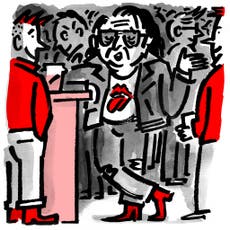
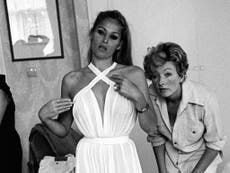

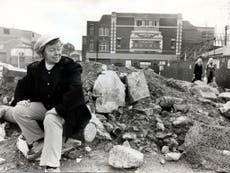
Join our commenting forum
Join thought-provoking conversations, follow other Independent readers and see their replies